For the past year or so I have been 3D printing various windmill designs for my garden just as experiments and ornaments. Almost without exception, everybody who sees them asks me when I am going to start generating some electricity from them. I usually just smile and nod but then I started wondering if I could at least light up an LED or two to shut these people up.
So, I started an investigation into the feasibility: I generally have quite low windspeeds (<5 m/s) and my windmills are very small (200-400 cm2 blade sweep). Assuming around 10% efficiency I should still be able to extract 10-200 mW and much more on a windy day or from my better designs.
Looking at the datasheets for standard 5mm LEDs they seem to take up to 20 mA at 2.5-3.5 V (<70 mW) so it definitely looks doable.
Next step was to find a generator small enough for the job. Standard toy/model motors are a none-starter as they all need to turn at several thousand RPM to generate anything useful. Stepper motors are a better bet as they are designed for slower speeds but tend to be relatively quite large or the smaller ones are geared which would reduce my efficiency even more. I was on the verge of winding my own generator when I came across this on Amazon.
This seemed perfect so I bought a couple and sure enough they can light an LED even when turned by hand. They seem to be rated down to 3 V at 300 RPM which should be achievable by most of my windmill designs and also should be enough to power an LED.
Now we come to the problem though: How do I convert the 3-phase output of the generator to light up an LED at the lowest possible wind power without burning it out on a windy day?
I first looked at simply connecting a current limiting resister in series with the LED and pushing one phase directly through it but even a 100 Ω resistor caused too much of a voltage drop and stopped the LED from lighting up.
I then started looking at bridge rectifiers and current-limiting circuit diagrams, but being new to electronics this just made my head hurt so I thought I would ask for some expert help:
Can somebody show me a circuit which will take the output from my generator and power one or more LEDs safely with minimum loss of power whilst still being small enough to attach to a very small windmill?
